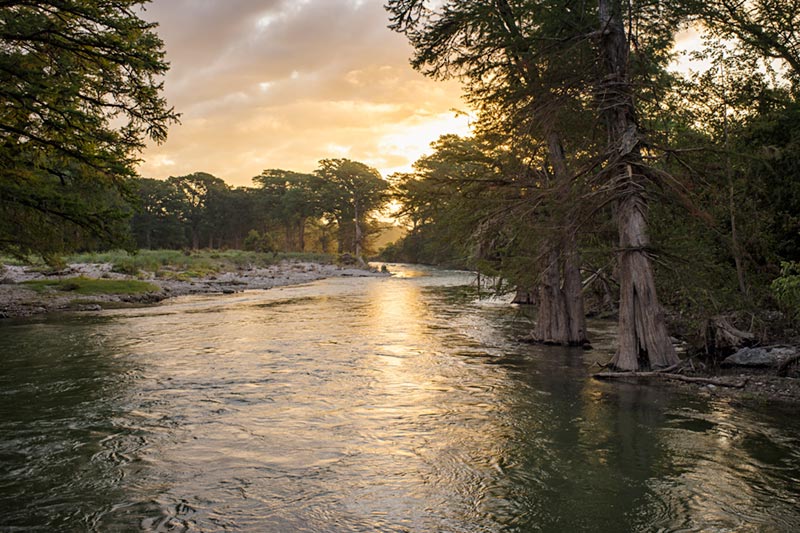
 My project to use legacy manual lenses for a year has helped me understand things about photography that are obvious to old timers. If you used film cameras and prime lenses even as a student then you probably know how to determine the correct focal length to capture a scene as you visualize the finished image. For most untrained photographers the process is simpler, just plant your feet, zoom the lens and shoot. No regard is given to how a particular focal length will render a scene beyond what is in or out of the frame.
My project to use legacy manual lenses for a year has helped me understand things about photography that are obvious to old timers. If you used film cameras and prime lenses even as a student then you probably know how to determine the correct focal length to capture a scene as you visualize the finished image. For most untrained photographers the process is simpler, just plant your feet, zoom the lens and shoot. No regard is given to how a particular focal length will render a scene beyond what is in or out of the frame.
I’ve used both extreme wide angle and telephoto lenses so the concepts of distortion and compression are familiar to me in a general way. Still in the past I would find a convenient spot from which to shoot, zoom in or out until the frame contained the elements I wanted and fire away. Any distortion of the scene was just something to live with in order to get the picture.
Using prime lenses has required me to think more carefully about what is captured by my camera. Not just the elements in the frame but also how the perspective is different from what I see with my eyes. That understanding may be the single most valuable lesson I’ll take away from my project.
The real purpose of a zoom lens is now clear to me. It is a convenient way to select the proper focal length for shooting a scene without changing lenses. The photographer drives the process by visualizing the finished image then selecting the proper focal length to capture the scene. It is so simple.
I read about visualization and lens selection countless times over the years but incorrectly using zoom lenses kept me from fully grasping these important concepts. Understanding why to select a particular lens focal length is a milestone for my photography. With luck I will learn many more ways improve my image making in the next year.
